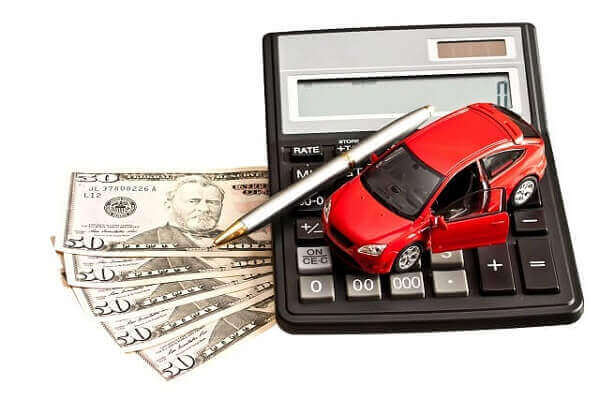
The following blog article was updated in January 2022.
Washington State Uninsured Motorist Attorneys
Washington state law requires all insurers doing business within the state to offer uninsured motorist insurance (UM) and underinsured motorist insurance (UIM) to individuals purchasing liability insurance. Uninsured motorist insurance is what provides accident victims with compensation when they are injured by another driver who does not have liability insurance. Underinsured motorist coverage offers compensation when the other driver has insurance, but the liability coverage is insufficient to cover the cost of injuries and property damage. Both UM and UIM are inexpensive coverages that all drivers should have because they work as an extra layer of protection.
Washington is a Fault State
Washington is a “fault” accident state, which means that fault rules apply in motor vehicle collisions. A driver, passenger, or pedestrian who has been injured in an accident can:
- File a claim with his or her own insurance company for damages.
- Pursue a third-party claim against the insurer of the other driver.
- Go to court and seek damages via a personal injury claim.
As a fault state, there are few restrictions for compensation compared to no-fault states. However, this does not mean that accident victims can request any amount of compensation. Instead, the attorney must calculate a fair settlement based on actual damages.
What are the Minimum Car Insurance Requirements?
Vehicle owners are required to have a minimum of basic liability coverage, which includes:
- $25,000 per person for injuries
- $50,000 per accident for multiple injuries
- $10,000 per accident for property damage
This is part of the liability coverage and is required as part of Washington’s Financial Responsibility Requirement. While these minimums are required, most drivers will need much more insurance coverage. Drivers who opt for minimum liability coverage will often have insufficient coverage, which is where an accident victim’s UIM coverage would assist.
UM/UIM is Not Required but Recommended
The state does not require drivers to have UM/UIM coverage, but it is a recommended coverage. Too many drivers in the state of Washington use the bare minimum coverage – and still, an alarming number have no coverage at all. Without UM/UIM coverage, you will not have any recourse for property damage or medical bills associated with the accident.
How an Accident and Injury Lawyer in Washington Can Help
If you have reason to believe that the driver who hit your vehicle was uninsured, you will need to notify your insurer right away to access your uninsured or underinsured motorist coverage. Some policies have strict deadlines for filing your claim and some even limit it to as little as 30 days.
Also, your UIM/UM coverage will help if you are the victim of a hit-and-run accident. Because you do not know the at-fault party, you will need to use your uninsured motorist coverage for damage to your vehicle, and any medical costs associated with injuries from that accident. If that driver is later identified and found, then you can file a claim against his or her insurance company, and possibly a civil claim against the driver for negligence.
If you have been the victim of a car accident, whether the other party is adequately insured or not, it is in your best interest to contact a personal injury attorney. An injury lawyer can assist you with filing a claim through your insurance, a third party, or even in filing a civil claim when the accident is due to someone’s negligence. Contact Brett McCandlis Brown & Conner PLLC for a consultation regarding your accident. Call 800-925-1875 to schedule an appointment or fill out our online contact form with your legal questions.


